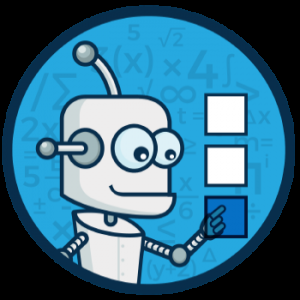RoboVote helps groups make decisions using AI-driven methods

A contentious presidential election can raise questions about whether the voting system produces the best possible candidates. While nothing is going to change the way Americans vote, a new online service, RoboVote.org, enables anyone to use state-of-the-art voting methods to make optimal group decisions.
RoboVote, a project of researchers at the Harvard John A. Paulson School of Engineering and Applied Sciences (SEAS) and Carnegie Mellon University, doesn't just tabulate votes, as any number of online survey tools already do. Rather, the site is driven by artificial intelligence and draws on decades, if not centuries, of social choice research on how opinions, preferences and interests can best be combined to reach a collective decision.
"We're leveraging the latest work in optimization and AI to help people make decisions in their daily lives," said Ariel Proccacia, assistant professor of computer science at Carnegie Mellon. "We have taken what years of research have proven to be the best algorithms for making collective decisions and made them available with an interface that anyone can use."
RoboVote can be used for something as simple and subjective as a group of friends reaching a consensus on the best place to go for pizza, or it can be used for something as serious and objective as helping a product development team decide which of several ideas is best-suited for commercialization.
"Voting is not just for political elections, it is involved in so many aspects of our daily lives," said Nisarg Shah, who earned his Ph.D. in computer science at CMU with Procaccia as his advisor, and is now a post-doctoral fellow at the Center for Research on Computation and Society, housed within SEAS. "But there is a clear separation between practice and principle. RoboVote is designed to bridge that gap by using this body of AI research to help real people make decisions."
The RoboVote site was created by a team that, in addition to Procaccia and Shah, includes Phillip Wang, a first-year computer science major at CMU, and Brian Merlob, an independent researcher in Palo Alto, Calif.
RoboVote is similar in concept to Spliddit.org, a website Procaccia launched two years ago to implement "provably fair" solutions to everyday problems, such as how to equitably split rent, divide goods or apportion credit for a project. Both sites are implementing processes that are proven and well-known to researchers, but not readily accessible for most people.
"Spliddit users have led us to some really cool new problems which have driven further research," Procaccia said. "I expect that will be the case with RoboVote."
RoboVote is designed to handle both subjective surveys, in which there is no correct outcome but just the goal of making the most people happy, and objective polls, in which the process is designed to produce an answer as close to the truth as possible.
In subjective surveys, the process begins with each voter submitting a ranking of the alternatives. RoboVote then applies voting rules designed to reveal the "hidden utility" of each alternative. Procaccia explained that each voter values each alternative differently. Some alternatives may be similar in value or utility, while others aren't. By comparing how different voters rank the same alternatives, the algorithm can discern some of these hidden values and thus provide an optimally ranked list reflecting the collective preference.
For objective surveys, voters also submit rankings of alternatives. But in this case, the point is to uncover the truth, such as which company's earnings will be highest in the next quarter. Rather than look for hidden utility, the algorithms build on an approach first devised by the French mathematician Marquis de Condorcet in the 18th century that estimates the true rankings given how voters make errors. Recent research assumes the errors are random, with machine learning methods used to better calculate the parameters of the random errors. The algorithms deployed on RoboVote are even more robust, as they do not make any assumptions on the structure of errors, and seek to find an outcome that is provably as close as possible to the truth.
"In political elections, we know the voting rules are not good, but they are difficult to change," Procaccia said. "In computational social choice, however, we can build systems like RoboVote and implement the rules we think are best."















